Helpful IT for Healthcare: 5 Ways IT Can Better Support Patient Care
Serving patients is the foundation of any healthcare organization, and IT plays a significant role in how that plays out. By leveraging different technologies and providing a robust technological platform, IT can facilitate personal, caring patient experiences. Here are five ways IT can enhance patient care, providing a more seamless and personalized patient experience.
1. Facilitate Streamlined Patient Experiences
Streamlining patient experiences through digital solutions can enhance satisfaction and efficiency, whether online or at the doctor’s office. In an increasingly digital world, digital solutions help to bridge the gap between patient needs and the solution.
Implement Digital Check-in Systems
Use check-in tools that integrate with your Electronic Health Records (EHR) to follow patients throughout their clinical journeys. Digital check-in systems can reduce wait times, improve data accuracy, and enhance patient convenience.
Enhance Appointment Scheduling
Provide online appointment scheduling and management options through online tools and contact center self-help menus. This allows patients to book, reschedule, or cancel appointments at their convenience, reducing administrative burdens.
Create Multiple Communication Channels
Use secure messaging and email for efficient patient communication, and consider live chat and other contact center tools as well. Using online health system portals for patient communications ensures that sensitive information gets exchanged securely and conveniently.
2. Integrate Your EHR with Your Contact Center
Integrating EHR systems with contact center solutions provides a unified view of patient information, enhancing the quality of interactions. It means that agents don’t have to switch between different pages, which can reduce the overall time of the call and improve the quality of information available to the agent to serve the patient better.
Ensure Seamless EHR Integration
Integrate EHR systems with contact center solutions to provide unified access to patient information. This integration allows contact center agents to access comprehensive patient records, improving service quality.
Enable Real-Time Data Access
Provide contact center agents with real-time access to patient records. Real-time data access ensures that agents can provide accurate and timely information, enhancing patient interactions.
Support Unified Patient Profiles
Create patient profiles that combine EHR and contact center data. Unified profiles provide a holistic view of patient interactions and history, enabling more personalized care.
Enhance Patient Interactions
Use integrated data to personalize and improve patient interactions. Personalized interactions can improve patient satisfaction and loyalty.
3. Improve Automated Communications Through Your Contact Center
Automating communications can improve efficiency, consistency, and patient engagement. This also reduces the pressure on your contact center staff and allows them to focus on more complex patient interactions.
Implement Automated Messaging Systems
Use automated systems to send appointment reminders, follow-ups, and other communications. Automated messaging reduces no-shows and keeps patients informed.
Use Chatbots for Initial Inquiries
Deploy chatbots to handle common patient inquiries and route complex issues to human agents. Chatbots can provide quick responses to frequently asked questions, improving efficiency.
Enhance Automated Feedback Collection
Use automated systems to collect patient feedback after interactions. Feedback collection helps identify areas for improvement and enhances patient satisfaction.
Support Proactive Outreach
Use automated systems for proactive patient outreach, such as health tips and reminders. Proactive outreach can improve patient engagement and health outcomes.
Monitor and Optimize Automated Systems
Regularly review and improve automated communication systems for effectiveness. Continuous monitoring ensures that systems remain effective and relevant.
4. Enhance CRM Analytics and Reporting
Advanced analytics and reporting tools provide valuable insights into patient interactions and CRM performance. Using this data, you can learn more about your patients and get insight into better ways to provide patient care.
Implement CRM Analytics Tools
Use advanced analytics tools to gain insights into patient interactions and CRM performance. Analytics can identify trends, measure engagement, and highlight areas for improvement.
Develop Customized CRM Dashboards
Create dashboards for executives to monitor key CRM metrics and KPIs. Customized dashboards provide a clear view of CRM performance and help track progress toward goals.
Analyze Patient Engagement Data
Use data to measure and improve patient engagement and satisfaction. Analyzing engagement data helps tailor strategies to enhance patient experiences.
5. Support Personalized Patient Care with Actionable Data
Personalized patient care improves outcomes and satisfaction by addressing individual needs and preferences. Accurate, high-value data helps support this end, and the IT department can help facilitate this.
Implement Personalized Care Plans
Work with providers to give them CRM data to develop and implement personalized patient care plans. Customized care plans ensure that patients receive tailored treatments and interventions.
Provide Personalized Health Information
Use different data sources to create a comprehensive patient profile to offer tailored health information and resources to patients based on their health status and history. Personalized information can empower patients to manage their health more effectively.
Monitor Patient Satisfaction
Regularly assess patient satisfaction and use the data to improve personalized care. Monitoring satisfaction helps identify areas for improvement and enhances patient loyalty.
IT plays a crucial role in supporting patient care, regardless of medical setting. By leveraging technology and digital solutions, IT can significantly improve patient satisfaction and operational efficiency. These enhancements lead to better patient outcomes and a more effective healthcare organization.

